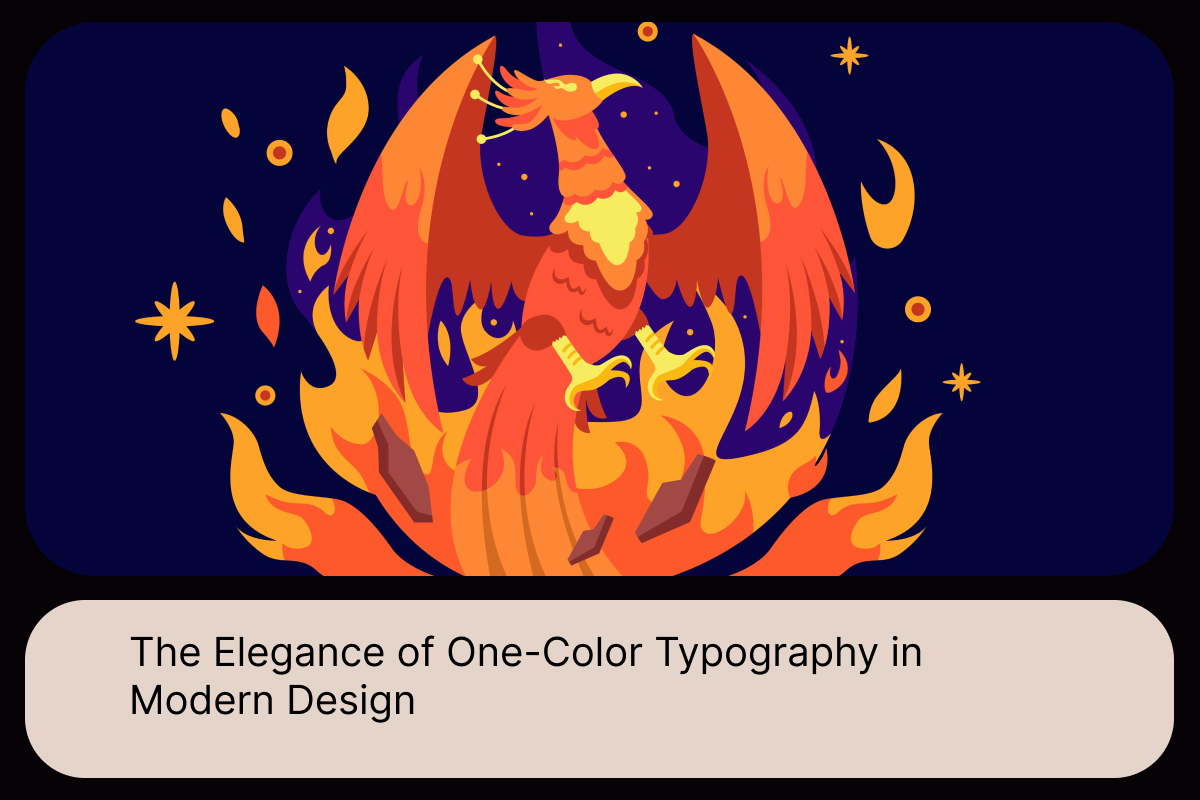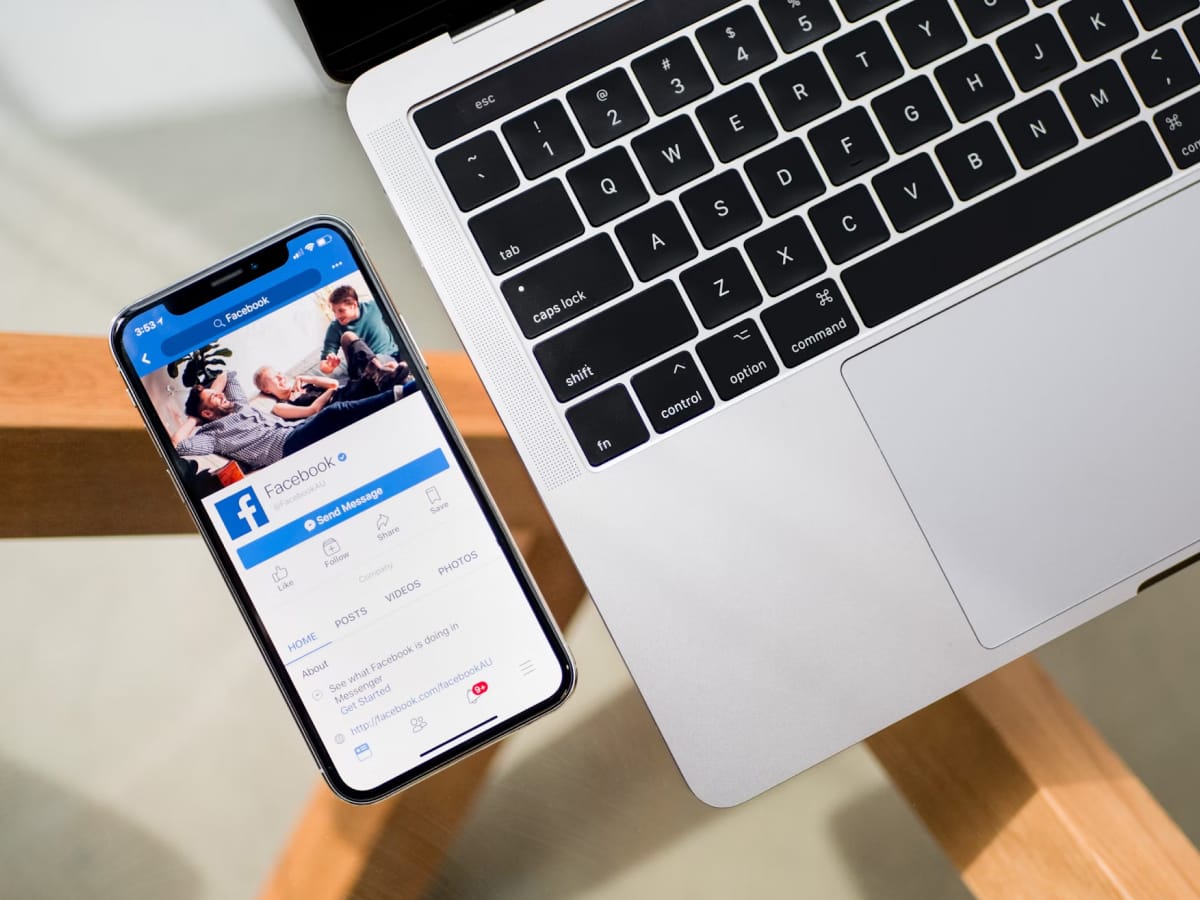In a world filled with vibrant colors and complex designs, there’s something undeniably captivating about simplicity. One-color typography has emerged as a powerful trend in modern design, offering a sleek and sophisticated way to communicate ideas. By focusing on a single color, designers can create visuals that are clean, timeless, and impactful. A monochrome font, when used thoughtfully, can elevate your design and leave a lasting impression. Let’s explore the elegance of one-color typography and how it’s shaping the future of design.
Table of Contents
Why One-Color Typography Stands Out
One-color typography stands out because it strips away distractions and focuses on the essentials. It allows the shape, weight, and spacing of the text to take center stage, creating a sense of harmony and balance. This approach is particularly effective in modern design, where minimalism and clarity are highly valued. A monochrome font can convey sophistication, professionalism, and creativity, making it a versatile choice for everything from websites to branding. By embracing one-color typography, you can create designs that are both elegant and functional.
Typography as the Star of the Show
In one-color designs, typography becomes the star of the show. Without the distraction of multiple colors, the font itself becomes a key design element. Choose a monochrome font that reflects your brand’s personality—whether it’s bold and modern or classic and refined. Fonts like Helvetica, Futura, and Garamond work exceptionally well in one-color designs because of their clean lines and timeless appeal. Experiment with different weights and sizes to create contrast and hierarchy, ensuring your message stands out.
Creating Visual Interest with Contrast
Even with a single color, you can create visual interest by playing with contrast and spacing. Use bold fonts for headlines and lighter weights for body text to establish a clear hierarchy. Adjust the spacing between letters and lines to create a sense of rhythm and flow. For example, pairing a thick, bold font with a thin, delicate one can add depth and dimension to your design. The key is to keep the design simple while using typography to guide the viewer’s eye through the content.
Applications of One-Color Typography
One-color typography is incredibly versatile and can be used in a variety of design projects. On websites, it creates a clean and user-friendly interface that focuses on content. In branding, it conveys sophistication and timelessness, making your logo or packaging stand out. For print materials like posters or business cards, it ensures clarity and impact, even from a distance. A monochrome font can adapt to any context, making it a powerful tool in your design toolkit.
Tips for Mastering One-Color Typography
To master one-color typography, keep these tips in mind. First, choose a color that aligns with your brand and evokes the right emotions. Black and white are classic choices, but don’t be afraid to experiment with other hues. Second, pay attention to spacing and alignment—these details can make or break your design. Finally, test your design in different contexts to ensure it works across various mediums and devices. By following these guidelines, you can create designs that are both minimal and memorable.
Final Thoughts
The elegance of one-color typography lies in its simplicity and power. By focusing on a single color, you can create designs that are clean, timeless, and impactful. A monochrome font, when used thoughtfully, can elevate your work and communicate your message with clarity and sophistication. So, embrace the beauty of minimalism, experiment with one-color typography, and watch your designs come to life in ways you never imagined.





